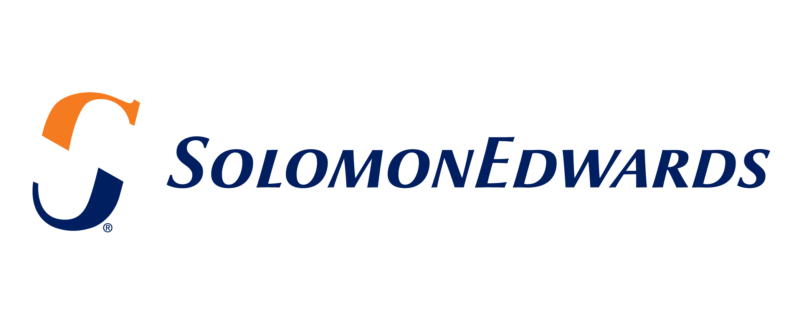For most people, fall brings thoughts of football, pumpkin patches and cooler weather. But for finance leaders, the season signals the start of something just as inevitable: budget planning. As organizations prepare for the year ahead, the budgeting process offers a chance to reflect, forecast and align strategy with resources. Yet, with persistent economic volatility and uncertainty around tariffs, this year’s planning requires a more agile, resilient approach than ever.
Why Budgeting Still Matters
At its core, budgeting is about creating a roadmap for decision-making. For mid-sized businesses in particular—often operating with lean finance teams—building a disciplined budgeting process provides visibility into expenses, clarifies growth assumptions, and sets accountability for resource allocation. While having a strong plan doesn’t eliminate uncertainty, it does provide structure that enables leadership to pivot intelligently as conditions change.
Best Practices for Building a Strong Budget
![]()
Start early and choose the right approach
There’s no one-size-fits-all budgeting model. How a company creates its budget depends on factors such as size, industry and financial maturity. Whether using a top-down model, a bottoms-up approach, zero-based budgeting—or a hybrid approach— the key is starting the process well before year-end. For some companies, combining methods—using leadership’s high-level targets alongside department-level detail—can yield the most realistic plan.
Budgeting Approach |
Description |
Pros |
Cons |
|
|
Leadership sets profit targets and allocates expenses to individual departments | > Time efficient > Pre-defined parameters |
> May seem disconnected from operational reality > Lower-level managers may not fully “buy-in” |
|
|
Operating units build up their expected costs and revenues for senior management review | > Promotes organizational ownership > Often more accurate projections |
> Time consuming to create and review > Risk of budget padding by individual managers > Department budgets may be out of sync with the company’s overall target |
|
|
Budget starts at zero and increases as each expense is justified | > All costs must be justified > Keeps legacy costs in check |
> Time consuming; requires extensive buy-in > May favor departments with higher revenues |
![]()
Embrace scenario planning
Static budgets are no longer sufficient. By creating multiple scenarios—best case, base case and bad case—companies can better anticipate risks such as unexpected tariff increases or supply chain disruptions. These models help leadership understand not only how different assumptions affect revenue, but also where costs might escalate and margins may tighten.
![]()
Implement rolling forecasts
A budget may set the baseline, but forecasts should be dynamic. Updating projections quarterly or even monthly, if resources allow, helps finance teams respond quickly to new realities. For mid-market firms with smaller finance departments, quarterly reforecasts often strike the right balance between insight and effort.
![]()
Leverage data and technology
Accurate forecasts depend on reliable data. For many mid-sized companies still relying on Excel, budgeting can feel manual and error prone. Dedicated FP&A software is a superior option when possible; it streamlines updates, provides real-time insights, and allows faster scenario modeling. Still, even with imperfect data, companies should not delay budgeting—the discipline of the process itself often drives data quality improvements over time.
![]()
Align across functions
Finance cannot budget in a silo. Engaging leaders from operations, procurement and sales helps avoid blind spots, ensuring assumptions reflect reality. Collaboration also builds buy-in, making it more likely that the plan becomes actionable rather than theoretical.
The Tariff Wildcard
Among this year’s uncertainties, tariffs loom large. Because they are externally imposed and politically influenced, tariffs can shift quickly and have significant impacts on costs and margins. To manage this uncertainty, finance leaders should:
- Map supply chain exposure to tariff-sensitive inputs.
- Model the effect of cost increases on cash flow and working capital.
- Consider inventory strategies (e.g., pre-purchasing or diversifying suppliers).
- Build contingency reserves or explore hedging mechanisms to cushion sudden impacts.
While tariffs may or may not escalate in the months ahead, incorporating them into scenario planning ensures you won’t be caught off guard.
Building Resilience Through Planning
The reality is that uncertainty isn’t going away—whether tariffs, inflation or new regulatory shifts. What separates resilient organizations is not their ability to predict every outcome, but their adaptability. A strong budgeting process, paired with flexible forecasting and cross-functional collaboration, provides a foundation for agility.
As fall ushers in budget season—and football—finance leaders should approach the process as more than a block-and-tackle compliance exercise. It’s a chance to set strategy, anticipate risks and chart a path forward, even in unpredictable conditions. By embracing scenario planning, rolling forecasts and data-driven tools, companies can move into the next year with confidence, prepared not just to weather uncertainty but to seize opportunities that arise.
Learn more about how we support organizations with their budgeting process and other FP&A activities.
About the Author
Alex LaMalfa serves as a Senior Manager in the Accounting Solutions practice with a focus on financial data transformation and outsourced accounting services. He works with a diverse client base across multiple industries, sharing his expertise in budgeting and forecasting, financial reporting and analysis, financial modeling and strategic financial planning.
To learn more, contact Alex at alamalfa@solomonedwards.com.





